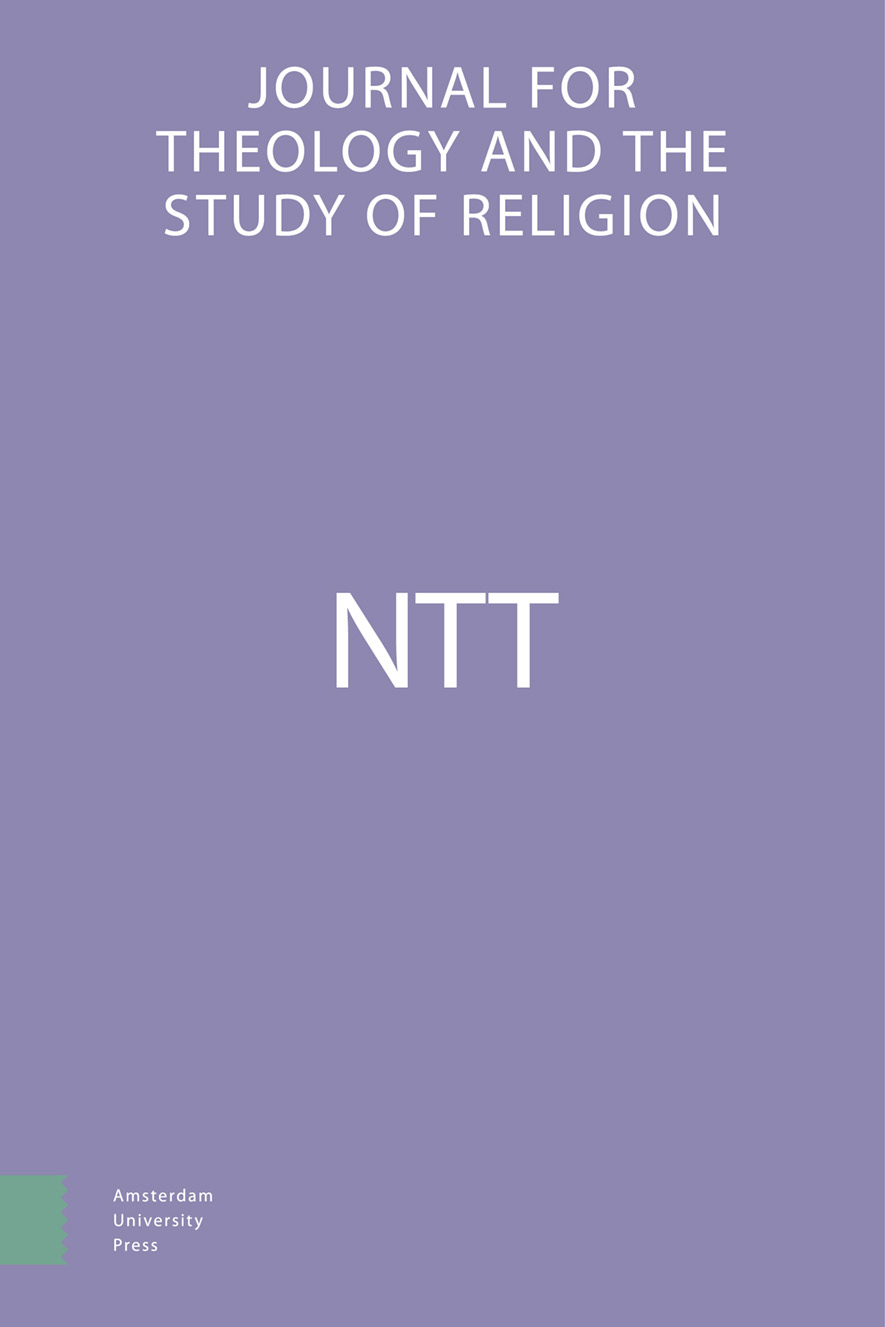-
oa Dood en religie
Over funeraire riten, in het bijzonder in het oude India
1Voordracht gehouden ter gelegenheid van de opening van het studiejaar 1985-1986 van de faculteit der Godgeleerdheid te Groningen, d.d. 16-9-1985.
- Amsterdam University Press
- Source: NTT Journal for Theology and the Study of Religion, Volume 40, Issue 1, Jan 1986, p. 209 - 226
-
- 01 Jan 1986
Abstract
Religious representations and customs in which death has a central place have always been of paramount import for the scientific study of religion. In this paper various theories on the origin of religion are discussed briefly, especially with respect to death. Moreover, attention is paid to Hertz’s study of secondary burial (1907) and Van Gennep’s concept of tripartite structure of rites of passage (1909). Their ideas are applied to the funeral rites in ancient India, as reconstructed by Caland (1896) according to the ritual Sanscrit texts. In this context burial and cremation are opposed to each other. In contradiction to the interment of the corpse, cremation rites presuppose a special socially recognized relationship between the deceased and the mourners, in which attribution of status takes place. Cremation rites are connected with special belief concepts, viz. with sacrifice and with transition. The corpse is sacrificed in the sacrificial fire and by means of this the deceased is purified. During the period of transition the departed is prepared for incorporation in the world of the Ancestors. Against the clear concepts connected with the Indian cremation rites, the modem western belief concepts with respect to cremation are often vague.


